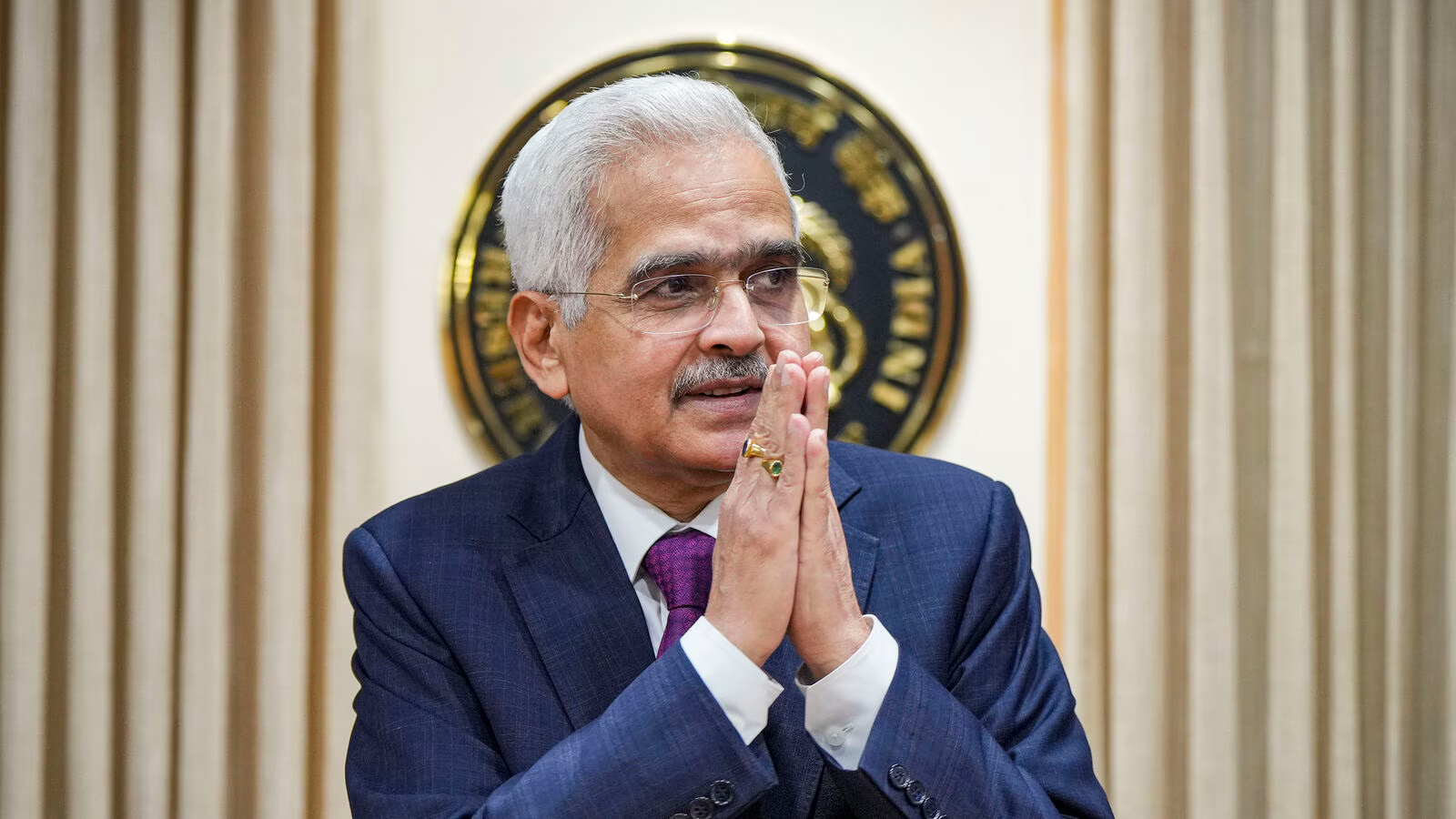In a significant move to address tight liquidity and sluggish economic growth, the Reserve Bank of India (RBI) announced a 50 basis points (bps) reduction in the cash reserve ratio (CRR) on Friday, December 6. This marks the first CRR cut in over 4.5 years, with the last such action taken in March 2020.

Impact of the CRR Cut
The 50 bps reduction in CRR is expected to free up approximately ₹1.10 lakh crore to ₹1.20 lakh crore of bank liquidity. This surplus liquidity can enable banks to extend credit, spurring economic activity.
VRC Reddy, Head of Treasury at Karur Vysya Bank, highlighted the positive implications of the decision:
“A CRR cut will free up bank money, which can further be deployed for lending. There is a chance that banks may pass on the benefits of this CRR cut to borrowers. Usually, the cut in CRR is net interest margin (NIM) accretive for banks.”
Economic Outlook
The RBI’s move is expected to provide a much-needed boost to the economy, fostering growth amid global and domestic challenges. The injection of durable liquidity can support businesses and households, ultimately contributing to economic recovery.
By opting to adjust the CRR instead of the repo rate, the central bank has balanced its efforts to ease monetary conditions while keeping inflationary pressures in check.
As the banking sector navigates this new development, market participants and policymakers will closely monitor the ripple effects of the CRR reduction on lending rates, investment, and overall economic momentum.
Rationale Behind the Move
The RBI’s decision follows its three-day monetary policy review, which began on December 4. Calls for a reduction in the CRR have grown louder in recent months due to tight liquidity conditions in the banking system and disappointing economic performance.
India’s GDP growth slowed to 5.4% in the July-September quarter of 2024, a seven-quarter low, intensifying the demand for measures to stimulate the economy. By reducing the CRR, the RBI aims to inject liquidity into the system without altering the repo rate, signaling a shift toward a more accommodative monetary policy stance.
What is the Cash Reserve Ratio (CRR)?
The CRR is the proportion of a bank’s total deposits that must be maintained in reserve with the central bank. By lowering this requirement, the RBI releases funds locked in reserve, allowing banks to utilize the surplus for lending and other financial activities.
